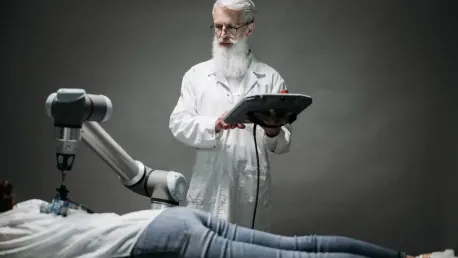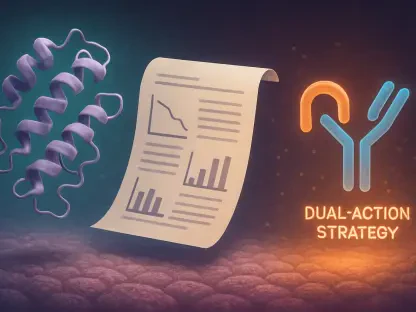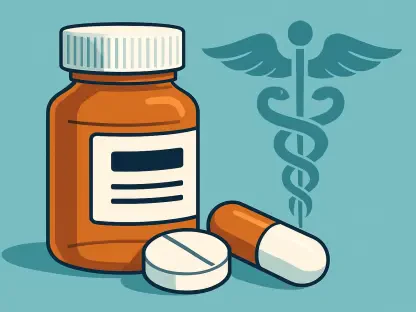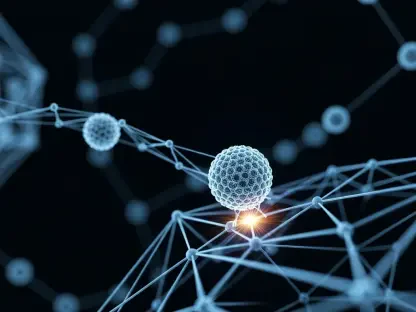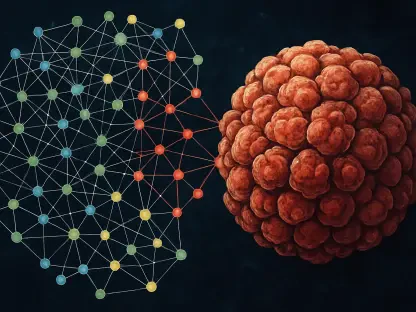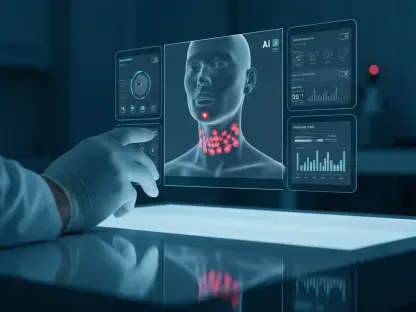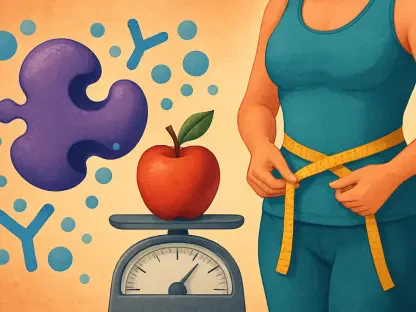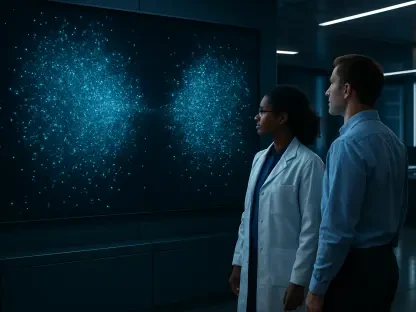The integration of artificial intelligence (AI) in healthcare has been a topic of significant interest and research. One of the latest advancements in this field is Chat GPT Plus, an AI tool designed to assist physicians in making medical diagnoses. This article delves into a comprehensive study that assesses the efficacy of Chat GPT Plus compared to traditional diagnostic methods, exploring its potential impact on diagnostic accuracy and efficiency.
The Study: A Comparative Analysis
Research Design and Participants
In a randomized controlled trial, physicians from family medicine, internal medicine, and emergency medicine at UVA Health, Stanford University, and Harvard’s Beth Israel Deaconess Medical Center participated. The study’s objective was to test the capabilities of Chat GPT Plus in a real-world clinical setting. To thoroughly explore this, fifty physicians were randomly assigned to two groups: one group used Chat GPT Plus, while the other relied on conventional diagnostic resources such as UpToDate© and search engines like Google. This design was intended to create a controlled environment to accurately measure the potential of Chat GPT Plus.
The randomized assignment ensured that any potential biases or confounding variables were minimized, aiming for an objective comparison between the two diagnostic methods. The participants, coming from diverse medical backgrounds, represented a cross-section of the medical community. This diversity, encompassing fields such as family medicine, internal medicine, and emergency medicine, added robustness to the study’s findings, making them applicable across various medical specialties.
Diagnostic Tasks and Methodology
Participants were tasked with diagnosing clinical vignettes that featured detailed patient case studies, including histories, physical exams, and lab results, providing a realistic and comprehensive scenario for evaluating the diagnostic tools. Each vignette was designed to mimic real-life medical cases, challenging the physicians with complexities and nuances often encountered in actual clinical practice. This setup ensured that the study’s outcomes reflected realistic diagnostic challenges physicians face daily.
The study measured both the accuracy of diagnoses and the time taken to reach a conclusion. This dual focus provided a holistic view of the tool’s performance, assessing not only the correctness of the diagnoses but also the efficiency of the process. The time-efficiency aspect is particularly important in clinical settings where prompt decision-making can significantly impact patient outcomes. By evaluating both accuracy and speed, the study aimed to provide a comprehensive assessment of Chat GPT Plus’s effectiveness in a high-stakes environment like healthcare.
Key Findings: Accuracy and Efficiency
Diagnostic Accuracy
The study revealed no significant difference in diagnostic accuracy between the physicians using Chat GPT Plus (76.3%) and those utilizing conventional methods (73.7%). This finding suggests that while Chat GPT Plus is on par with traditional resources in terms of accuracy, it does not significantly outperform them when used by physicians in real-time clinical scenarios. This outcome indicates that while AI can match human diagnostic capabilities, it does not necessarily surpass them in this context.
These results underscore the reliability of Chat GPT Plus as a diagnostic tool that can be trusted to provide accurate medical analyses. However, the marginal difference in accuracy also points to an area of potential improvement for AI tools. As AI continues to evolve, closing this accuracy gap could make such tools even more indispensable in clinical practice. For now, the similarity in accuracy rates suggests that Chat GPT Plus can serve as a reliable alternative or supplementary resource to conventional diagnostic methods.
Efficiency Gains
However, one of the notable findings of the study was that Chat GPT Plus did improve diagnostic speed slightly, reducing the time taken from 565 seconds to 519 seconds. This indicates a potential efficiency gain, which could be particularly beneficial in fast-paced clinical environments where time is of the essence and prompt decision-making can significantly impact patient outcomes. This reduction in diagnostic time, though modest, could translate into better patient throughput and more timely interventions in critical care situations.
Efficiency gains are crucial in healthcare settings, where the ability to quickly arrive at an accurate diagnosis can make a significant difference in patient care. The shorter diagnostic times associated with using Chat GPT Plus suggest that AI tools can effectively streamline the diagnostic process. By potentially reducing the cognitive load on physicians, these tools can allow for quicker and potentially more consistent decision-making, ultimately enhancing the overall efficiency of medical practice.
AI Alone: Superior Performance
AI’s Standalone Capabilities
Interestingly, when physicians were removed from the equation, Chat GPT Plus alone demonstrated a higher diagnostic accuracy of over 92%. This substantial improvement highlights the inherent potential of AI technology in diagnosing complex medical cases, indicating that AI can serve as a powerful tool when used independently. The AI’s capability to surpass human diagnostic accuracy in certain contexts suggests that it possesses a profound understanding and processing ability of medical data.
This result underscores the potential of AI to significantly augment or even replace certain aspects of diagnostic work, especially in situations where rapid and accurate data analysis is critical. The higher diagnosis accuracy achieved by Chat GPT Plus in the absence of human intervention also raises questions about how AI can be optimally integrated into clinical practice. It suggests that AI, when fully autonomous, can leverage its computational power and extensive data access to make highly accurate medical diagnoses, possibly identifying patterns and connections that may elude even experienced physicians.
Implications for Clinical Practice
Despite these encouraging results, the involvement of human physicians when paired with Chat GPT Plus surprisingly led to reduced accuracy, though it improved the efficiency of diagnoses. This finding implies a need for structured training and experience among physicians to optimize the collaborative usage of AI tools effectively. The interplay between human expertise and AI assistance needs to be fine-tuned to maximize the benefits of both, ensuring that the combined approach does not inadvertently reduce diagnostic accuracy.
The study suggests that while AI has remarkable potential, the human element cannot be completely removed from the equation. Instead, structured training programs for physicians on how to best collaborate with AI tools are crucial. These programs should aim to enhance physicians’ understanding of AI’s capabilities and limitations, fostering a harmonious relationship where AI and human expertise complement each other. By empowering physicians with better insights and practices for using AI tools, the healthcare system can move closer to achieving the optimal blend of human judgment and artificial intelligence.
Themes and Trends in AI Integration
Promise of AI in Medical Diagnostics
The research underscores the promise of AI in medical diagnostics, highlighting its potential to enhance both accuracy and efficiency within clinical settings. AI’s ability to process vast amounts of data quickly and provide reliable diagnostic suggestions makes it an invaluable asset in modern healthcare. However, the study also emphasizes the need for more formal training and developed methodologies to maximize the benefits of AI tools in everyday clinical practice.
As AI continues to advance, its integration into healthcare is likely to expand, bringing about significant changes in how diagnostic processes are conducted. However, the realization of AI’s full potential will require a thoughtful approach to integration, ensuring that healthcare providers are adequately trained to utilize these tools effectively. The balance between human expertise and AI capabilities must be meticulously managed to ensure that the introduction of AI into clinical workflows enhances rather than hinders diagnostic efficiency and accuracy.
Training and Methodologies
The study points to a gap between current clinical practice and the optimal use of AI, suggesting that more formal training and developed methodologies are essential. Physicians need to be trained to work effectively with AI tools, ensuring that they can leverage these technologies to their full potential. Comprehensive training programs that focus on the capabilities, limitations, and best practices for using AI tools like Chat GPT Plus will be crucial in bridging this gap.
Developing standardized methodologies for AI integration in clinical practice will also be vital. These methodologies should outline the specific roles AI tools will play in diagnostics and detail how physicians can best collaborate with these tools. By establishing clear guidelines and training protocols, healthcare institutions can ensure that AI is integrated in a way that enhances diagnostic processes and patient care. The ultimate goal is to create a seamless interaction between human and machine, where the strengths of both are harnessed to deliver superior medical outcomes.
Future Directions and Recommendations
Broader Clinical Decision-Making
The researchers advocate for additional studies to evaluate AI’s role in broader aspects of clinical decision-making beyond initial diagnoses. This calls for a rethinking of how AI tools are integrated into clinical workflows and the systematic training required for healthcare providers. Understanding AI’s potential in various dimensions of patient care, from treatment planning to monitoring progression, could open new frontiers in medical practice.
Expanding the scope of AI applications in healthcare necessitates a comprehensive approach that considers the entire patient care continuum. Future research should explore AI’s capabilities in areas such as predictive analytics, personalized treatment plans, and real-time monitoring of patient health data. These studies will help establish a more holistic view of AI’s role in healthcare, paving the way for innovative solutions that improve overall patient outcomes. By systematically evaluating and integrating AI at various stages of patient care, the healthcare industry can fully harness AI’s transformative potential.
Collaborative Approach
The study suggests that AI should be used as an augmentative tool in healthcare rather than a replacement for human physicians. The nuances and complexities of clinical reasoning, such as evaluating downstream effects of diagnoses and treatment decisions, still necessitate the expertise and judgment of trained medical professionals. AI’s role should be that of a supportive tool, providing valuable insights and data analysis that enhance human decision-making without supplanting it.
Adopting a collaborative approach where AI tools work alongside physicians can lead to more accurate and efficient patient care. This partnership leverages the strengths of both AI and human expertise, ensuring that medical decisions are well-informed and comprehensive. By fostering a collaborative environment, healthcare providers can utilize AI to enhance diagnostic processes, improve treatment plans, and ultimately deliver better patient outcomes. The key is to view AI as an ally in the quest for medical excellence, complementing rather than competing with human capabilities.
Conclusion
The integration of artificial intelligence (AI) in healthcare has garnered substantial interest and research recently. One of the most recent advancements in this area is Chat GPT Plus, an AI tool developed to assist physicians with medical diagnoses. This advanced AI technology aims to support doctors by providing accurate and efficient diagnostic suggestions. A comprehensive study was conducted to evaluate the effectiveness of Chat GPT Plus compared to traditional diagnostic methods. The study assessed its potential impact on diagnostic accuracy and efficiency, examining how this innovative tool could potentially transform the healthcare industry’s approach to patient diagnoses. The research aimed to determine whether AI tools like Chat GPT Plus could enhance physicians’ decision-making processes, ultimately improving patient outcomes. By analyzing its performance in real-world settings, the study provides valuable insights into the future role of AI in medical diagnostics, potentially paving the way for more widespread adoption of AI technologies in healthcare.
